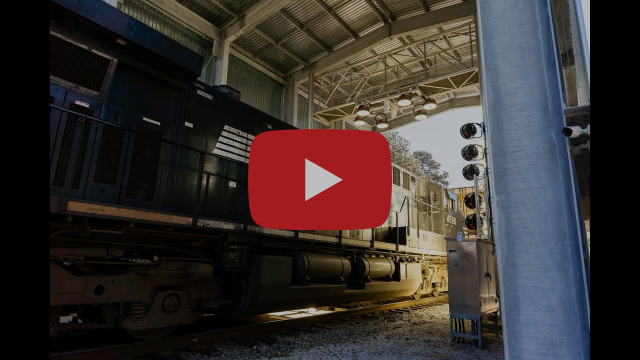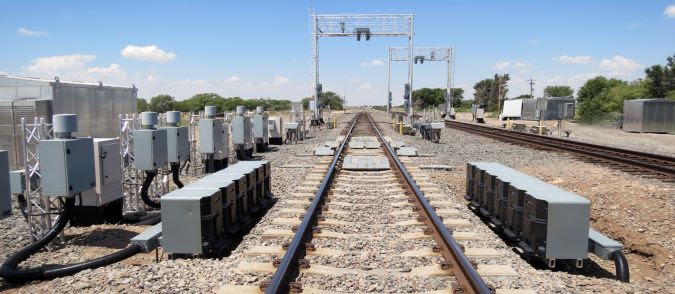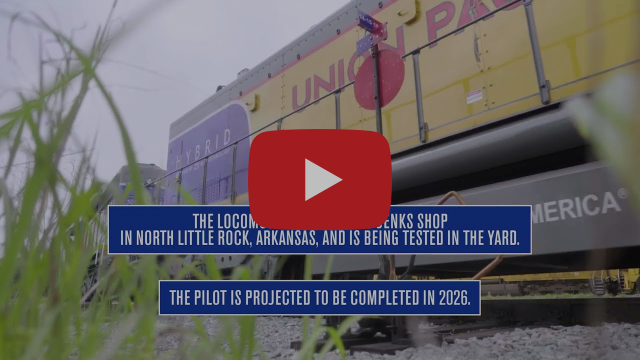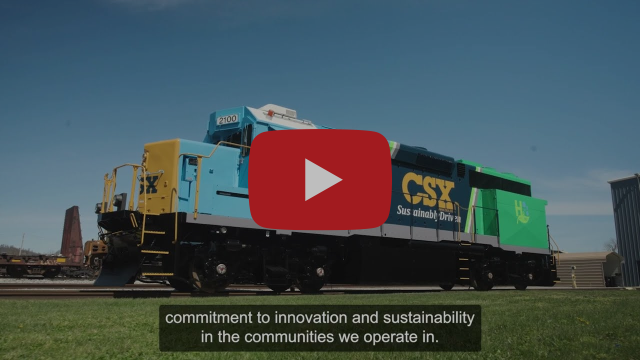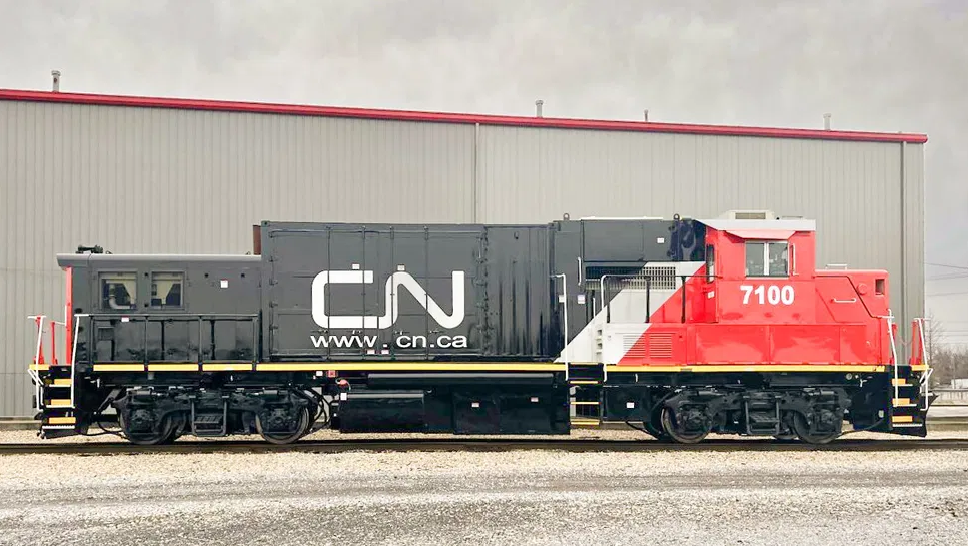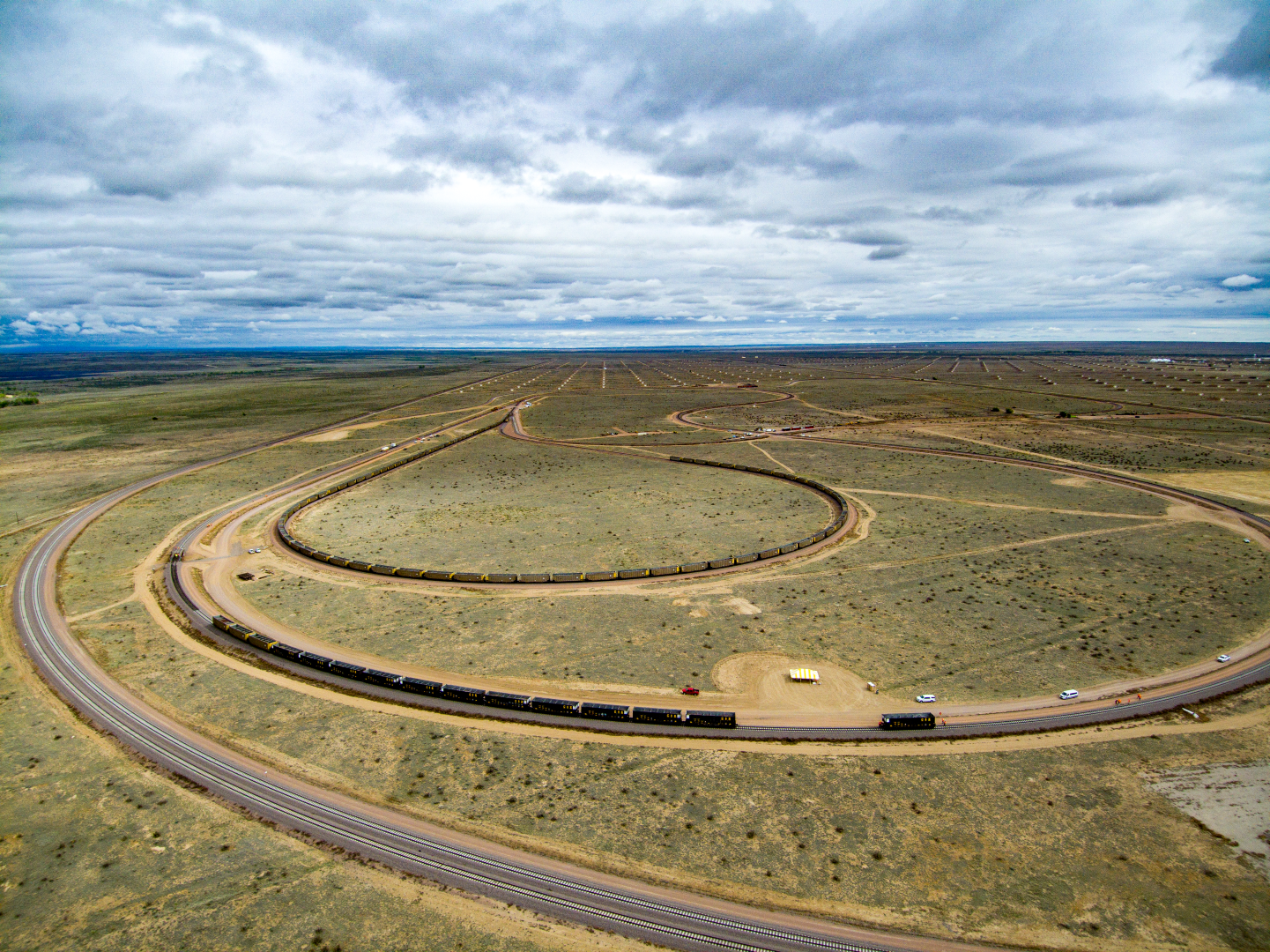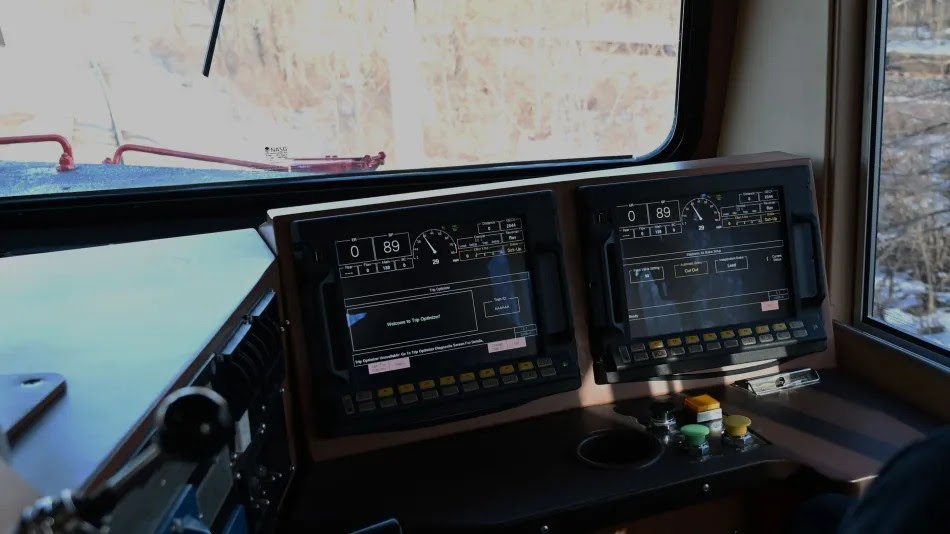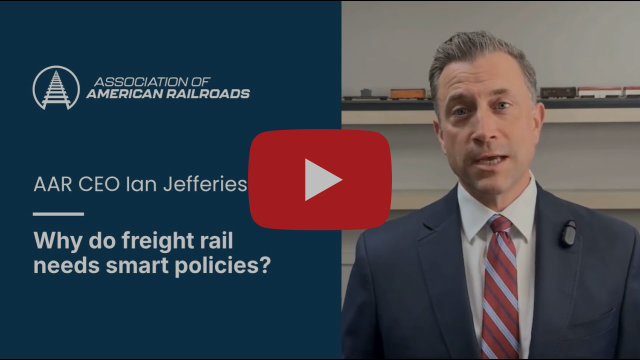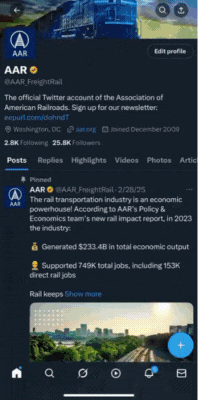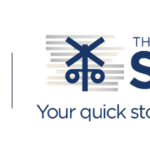MOTHER SLUG – The Signal – 7/14/25
TRACK INSPECTION, REIMAGINED
Norfolk Southern is scanning trains at 70 mph using Digital Train Inspection Portals (TIPs) powered by AI. With 24MP cameras and 38 detection models, the system catches issues like cracked wheels and damaged brakes in real time—improving safety and reducing downtime.
WHEEL HEALTH AT SCALE
BNSF monitors more than 1.5 million wheels each day with smart tools like AI-based tread detectors, thermal brake sensors, and impact load systems—turning raw data into proactive maintenance that keeps trains moving safely.
HYBRID POWER, FREIGHT-SCALE
Union Pacific is piloting a first-of-its-kind hybrid battery-electric locomotive developed with ZTR, a rail technology provider. The locomotive operates in a mother-slug configuration—a setup where a traditional diesel-powered “mother” locomotive is paired with a battery-powered “slug” unit that lacks its own engine but draws power and control from the mother.
 You found the subject line of this week’s Signal!
You found the subject line of this week’s Signal!
HYDROGEN ON THE HORIZON
CSX and CPKC developed the first hydrogen-powered freight locomotive in North America—emitting only water vapor while extending the life of legacy diesel components.
CLEANER ENERGY IN MOTION
CN ran nearly 10% of its locomotive fleet on renewable fuels in 2024, including 100% bio-based diesel—delivering performance and emissions reductions even in harsh winter conditions.
BREAKING IT TO FIX IT
At MxV Rail’s FAST Loop test track, researchers spent a year intentionally breaking rail welds to understand real-world failures.
Their findings pointed to a simple cause: skipping final cleanup after welding. Leftover rough edges can lead to cracks and costly repairs, but MxV’s tests showed that a bit of extra grinding significantly boosts long-term safety and performance. This hands-on research helps railroads catch small issues before they become big problems.
THRIVING ON COLLABORATION
Through AAR’s Associates and Affiliates Program, industry leaders partner with freight railroads to deploy proven technologies at scale.
For example, Progress Rail’s Argus platform transforms wayside alerts into near real-time fleet health diagnostics—identifying faults down to the axle and enabling faster crew response. Meanwhile, Wabtec’s Trip Optimizer, now used on over 12,000 locomotives, automatically adjusts speed and braking to terrain and routing—saving 752 million gallons of fuel and cutting 7.7 million tons of emissions.
Similarly, Greenbrier’s High-Strength Steel Gondola™—developed by U. S. Steel, Norfolk Southern, and Greenbrier—reduces unloaded weight by up to 15,000 pounds using advanced high-strength steel, enhancing fuel efficiency and durability for heavy bulk shipments.
With smart policies, we can go even further.
It’s clear freight railroads are already rolling out next-generation tools to increase safety, reduce emissions, and strengthen supply chains.
Now it’s up to policymakers to keep that momentum going. In a new op-ed, AAR CEO Ian Jefferies makes the case for updating our regulatory framework to reflect today’s technology. A flexible, performance-based approach can help proven solutions scale faster—benefiting rail workers, customers, and communities alike.



